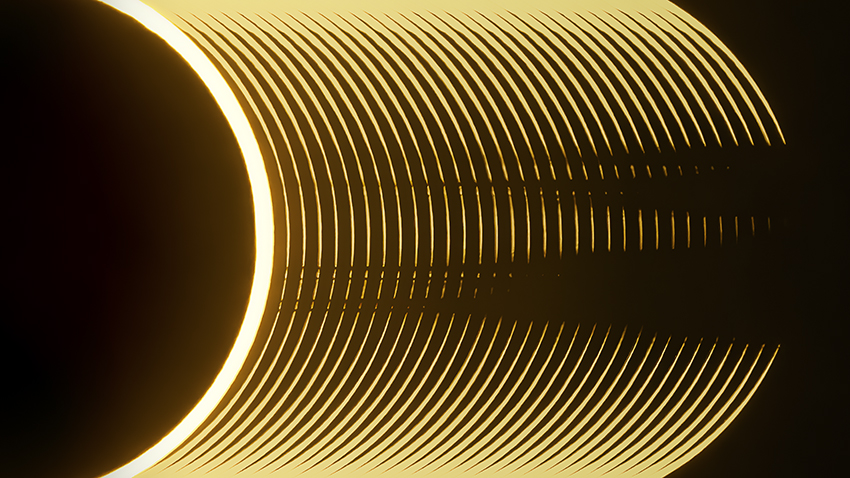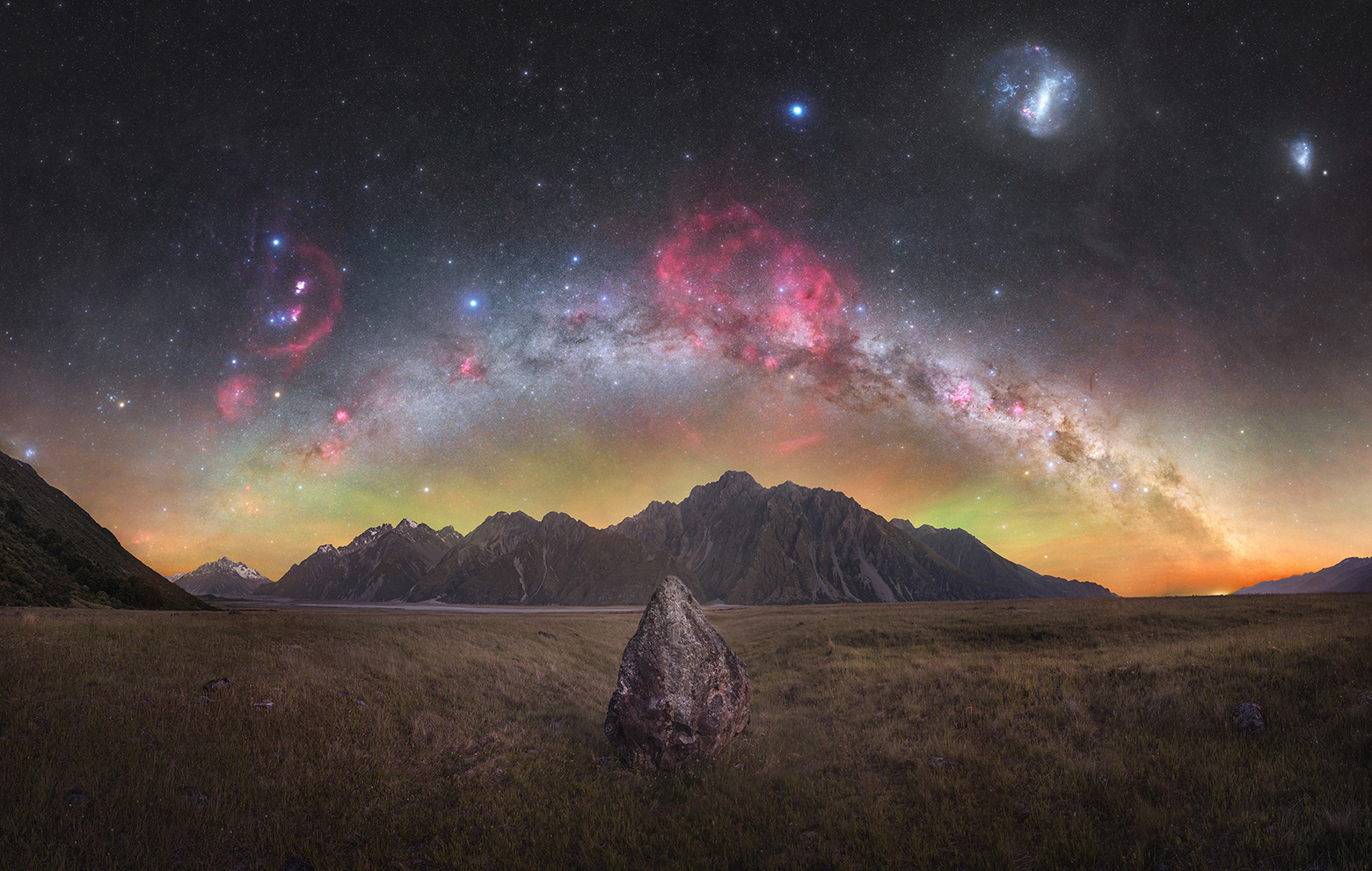Astronomy Photographer of the Year 2024 winner eclipses all others!
Royal Observatory Greenwich Astronomy Photographer of the Year winners include far away galaxies, supernovas, aurora, the surface of the moon, and other stunning astral images

It’s been an incredible year for cosmic events and astrophotography, so it’s no surprise that the winners of the Royal Observatory Greenwich Astronomy Photographer of the Year 16 are stunning.
The overall winner is Ryan Imperio for his photograph, Distorted Shadows of the Moon’s Surface Created by an Annular Eclipse, that captures the progression of Baily’s beads during the 2023 annular eclipse.
His beautiful and unusual photograph was taken in Odessa, Texas, in October last year using a Nikon D810 camera, iOptron SkyGuider Pro star tracker mount, Sigma 150-600mm F5-6.3 DG OS HSM Contemporary lens at 600mm f/8, ISO 640, multiple 1/1,000-second exposures.
Baily’s beads are formed when sunlight shines through the valleys and craters of the Moon’s surface, breaking the eclipse’s well-known ring pattern, and are only visible when the Moon either enters or exits an eclipse. These are a challenge to capture due to their brevity and the precise timing needed.
Imperio said:
“The images selected each year are absolutely astonishing and I am both thrilled and honoured to have my photo among them. I had hoped my image would be shared in some way but never expected to be selected as a winner, let alone Overall Winner!”
He wins £10,000 ($13,000) and a one-year subscription to BBC Sky at Night Magazine.
The best camera deals, reviews, product advice, and unmissable photography news, direct to your inbox!
The Young Astronomy Photographer of the Year award was won by Daniel Borsari for his image NGC NGC 1499, A Dusty California, and received £1,500 ($1,960).
Neal White, judge and artist, commented that “it demonstrated the future of astronomy photography being fearlessly, and openly, taken forward by a new generation.”
The other winning images, who will also receive £1,500, include Aurora Borealis over Brighton Seafront by Michael Steven Harris, which beautifully captures the pink hues of the aurora despite the significant light pollution in the area.
Tasman Gems by Tom Rae, a Milky Way photograph of the southern hemisphere night sky including the hydrogen clouds of the Gum Nebula. Parallel Lines Over the City by Ran Shen which uses a simple but powerful composition to show the trajectories of Venus and Jupiter over the skyline of Lujiazui, Shanghai.
In the Annie Maunder Prize for Image Innovation category, judges awarded the winning prize to Anatomy of a Habitable Planet by Sergio Díaz Ruiz. This image shows Earth as a seemingly alien world as a distant civilisation might study it.
I highly recommend you take a look at all the runners up, who will receive £500 ($650), as well as the highly commended, who will receive £250 ($325).
Check out our guide to the best cameras for astrophotography, and the best lenses to capture the night sky.

After graduating from Cardiff University with an Master's Degree in Journalism, Media and Communications Leonie developed a love of photography after taking a year out to travel around the world.
While visiting countries such as Mongolia, Kazakhstan, Bangladesh and Ukraine with her trusty Nikon, Leonie learned how to capture the beauty of these inspiring places, and her photography has accompanied her various freelance travel features.
As well as travel photography Leonie also has a passion for wildlife photography both in the UK and abroad.











